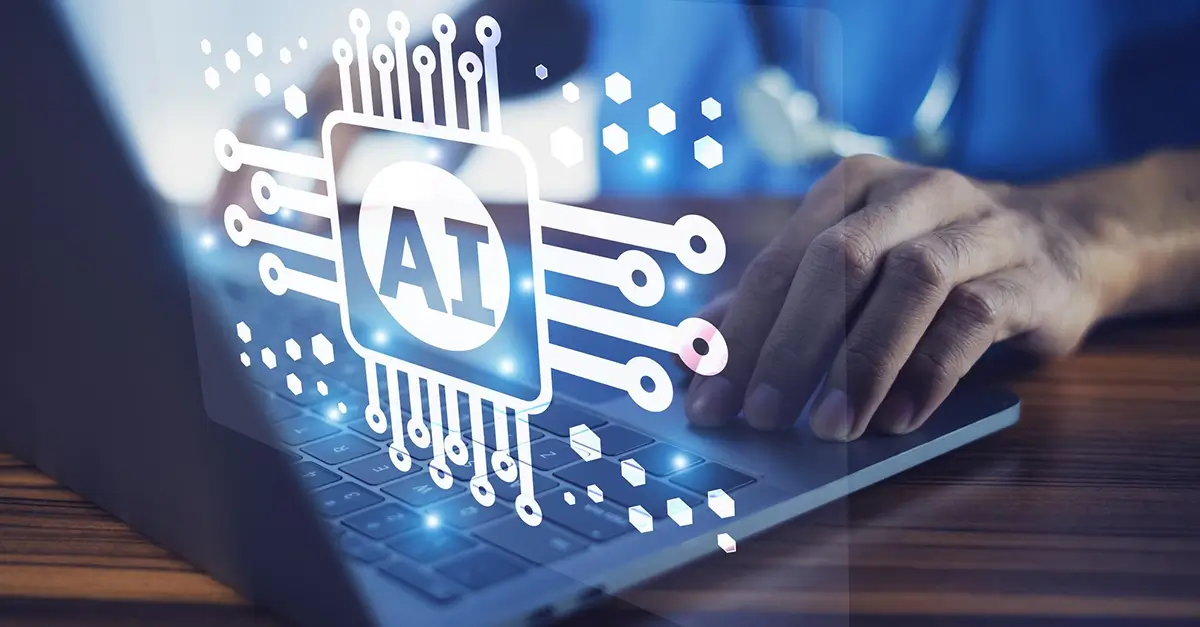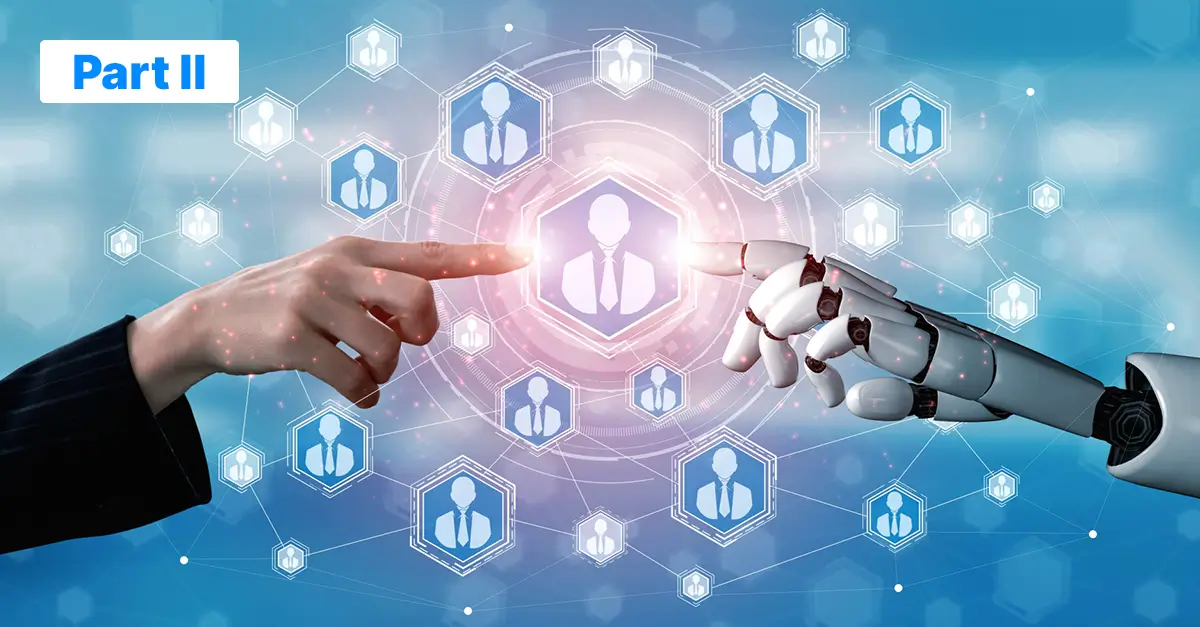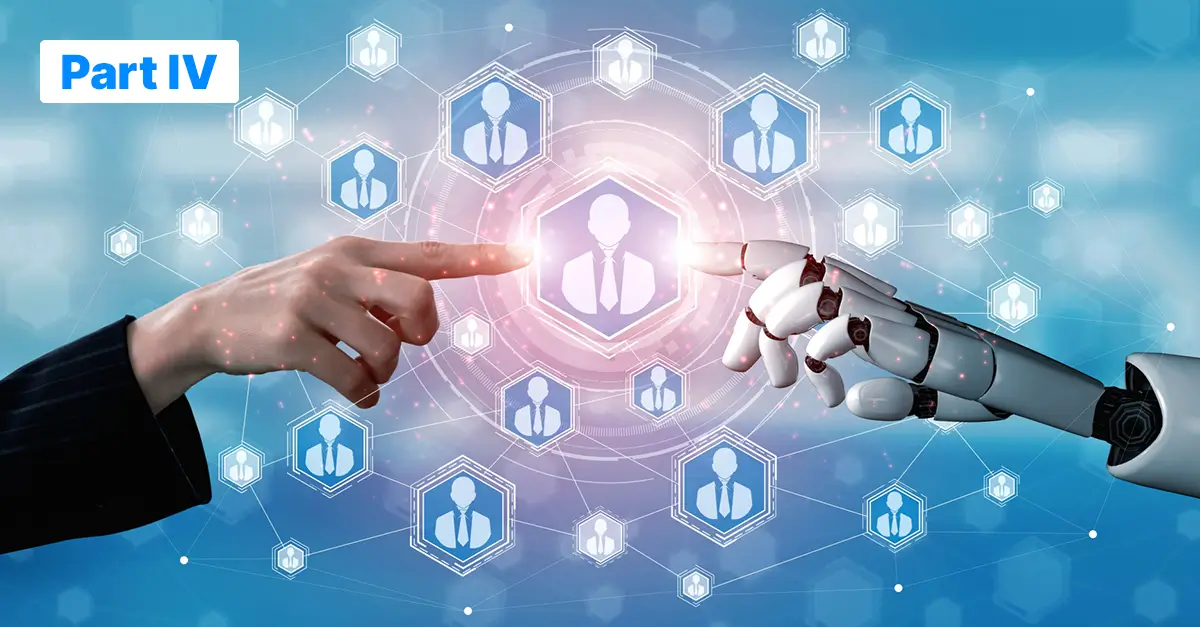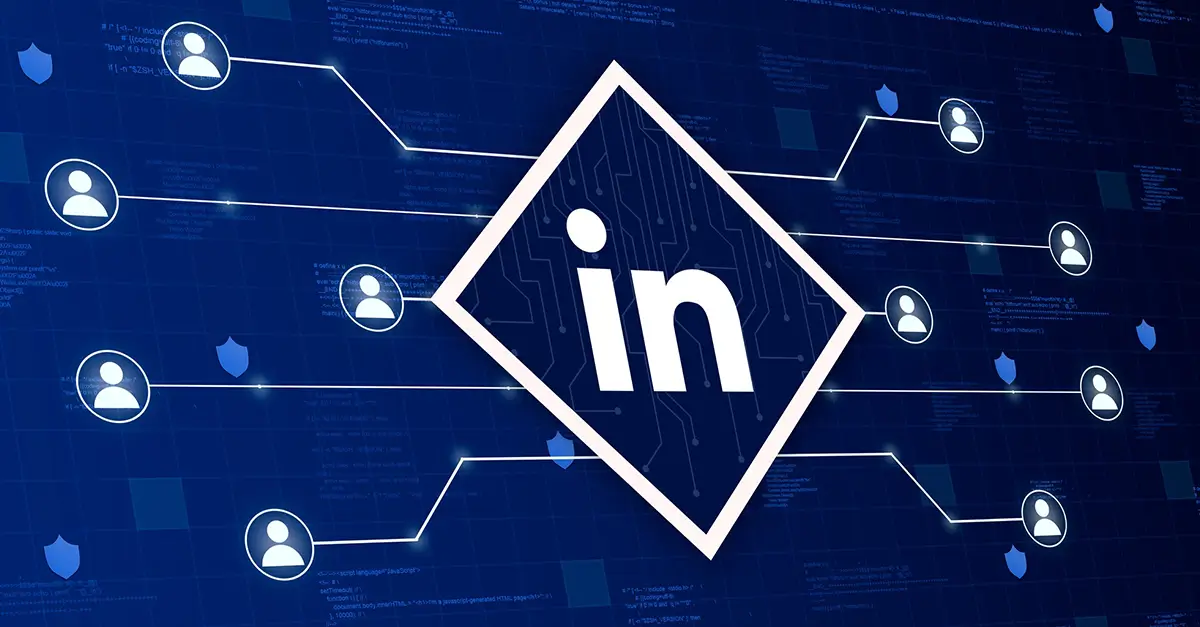Managing people-data and large resources are invariably a part of the growth process of every company and organization. In effect, the role of human resources is very vital to enterprises. They provide a supportive base for companies by providing services ranging from skilled labor to proficient management services. It is hence now important to automate the processes to increase the speed with which the processes are being conducted and HR software is the right way forward. It allows recruitment process automation along with helping to strategize various hiring plans.
However, as the business world witnesses a massive expansion, managing the process of hiring top talents and keeping up with huge volumes of company data is not an easy feat for human resources personnel.
6 Ways HR Software Could Shape Your Business
Despite a huge leap forward in technology, some workplaces still utilize clip-on, post-it notes, manual spreadsheets to structure volumes of employee and business information.
But as a business owner aimed at advancements, you’d note that you’d need some of the best tools to structure your workplace and stay ahead of the game. So, here is why HR software should be considered as one of your choices.
Opportunely, an explosion of interest in technology has made it crucial for businesses to adopt the right tools for efficiency and competition. In this piece, we examine how effectively a digital tool like HR software could shape your business.
1. Administrative Efficiency
Constant growth and expansion could be a blessing to companies and a nightmare to HR professionals within companies relying on manual input and paper-based systems. Having to keep track of the basic employee information using manual entry systems can become extremely time-consuming.
Recent studies done on the role and success of hiring the right skilled labor to maintain an organization’s integrity pointed out that
Employing the administrative capabilities of HR software provides the background for keeping track of every operative aspect required to maintain and develop your talent pool. Harnessing the capabilities of these tools improves your administrative efficiency by:
- Giving you room for the creation of a structured and well-organized employee database and streamlining applicant’s information to choose the best additions to the existing talent pool. This invariably raises the hiring standards for your firm or organization and ensures the right candidates are picked, and
- Securing data on appraisals. These include detailed information on goals set on the employee’s career development and charts on feedback and general performance of the employees overtime.
2. Cost-Effectiveness
Cost evaluation and profit maximization are invariably important parts of the goals of every business or organization. Evaluating volumes of employee and company data can be very tedious and, in effect, requires more staff and subsequent funding.
Not only does this process result in the burnout of employees or job dissatisfaction, especially when the expansion is at its peak, but it also results in low profits. Hence, reducing traditional storage mediums and cutting back paperwork gives companies an edge in cost-effectiveness.
Having an automated Human Resource management system allows room for flexibility alongside control within and without the organization. By employing HR software programs, businesses are able to effectively manage data through the right human resources management skills, reduce high staffing costs and redeploy working teams to other strategic projects.
3. Proficient Data Analysis and Improved Decision-Making Process
Businesses – big and small – rely on a lot of data and have numerous systems in place as a testament to this. Performing proper analyses on this and reviewing existing metrics is highly influential in the decision-making process of any organization.
However, relying on spreadsheets for analyses on several occasions isn’t usually the most efficient way. Instead, you end up creating silos of information that might be more difficult to analyze.
Collective data expand analytical opportunities and help in making proficient decisions. Using an automated system provides an avenue for the organization of relevant data. As such, you get to see a single set of data all aligned for definitive purposes.
Furthermore, integrating cloud HR software programs gives you more flexibility. These automated systems not only automatically keep all data but also update added information – thus relegating the role of manual syncing to the backseat.
For instance, if an employee’s contract gets terminated or an employee needs to be replaced, the necessary details are entered into the system and all relevant information is automatically updated.
Today, recruitment has gone digital. In some advanced cases, the system goes through an existing database of applicants to draw out an applicant fit for the position, thus, saving time and enhancing the decision-making process of the company.
Hence, instead of going through the grueling tasks of determining how to interview someone fit for a particular position, the decision is made easier for you through the generation of the right data from the candidates’ mine pool.
4. Time Tracking and Monitoring
Effective monitoring of leaves and absences can be an arduous task for organizations of all sizes. Not only does it affect the integrity of the company, but it also makes the use of manual payroll systems difficult to implement.
HR software solutions are designed to cope with large volumes of data. Using these automated tools lightens the burden of time monitoring and tracking of employees’ activities to improve the payroll process. By monitoring KPIs (Key Performance Indicators), HR software tools give overall reports of how effectively the company is working to achieve their set goals and measuring up their standards.
With these systems in place, the duration in position and retention measures of employees are monitored such that the point of promotion and retention of employees are noted and effected – thus inciting low employee turnover and profit maximization for the company.
An attestation to this is a survey done by Jobvite which indicated that 19% of people quit their jobs due to compensation issues and 30% others left due to the role they assume in the company.
5. Improved Productivity and Communication
It is no news that communication is the key to any successful relationship. HR systems are elementally designed to foster communication links and bolster effective work relationships through communication interfaces.
Implementing HR software tools in workspaces gives organizations and workers the avenue to share files, ideas, updates, and harness useful information to effectively advance current projects. The result of this is an increase in productivity which subsequently advances the company.
6. Improved Regulatory Compliance
Regulatory and legal compliance is undoubtedly one of the most important issues to be taken into account for organizations of all sizes. Experts can confirm that data related to this section is highly sensitive and requires maximum precision and accuracy.
Automated HR systems give organizations the right tools to effectively minimize errors. Some of the best HR systems are ultimately designed to access the various legal and regulatory laws needed to be complied with to organize the necessary data needed to avoid compliance issues.
Final Words
It is hence important that HR systems be included by recruiters for smoother workflows and easier approvals. HR software apart from allowing automation of processes allows better tracking of applications which proves helpful in better candidate experience. Candidate experience being improved will also affect the candidate’s decision to join the organization. This will in turn affect the performance of recruiters.















































